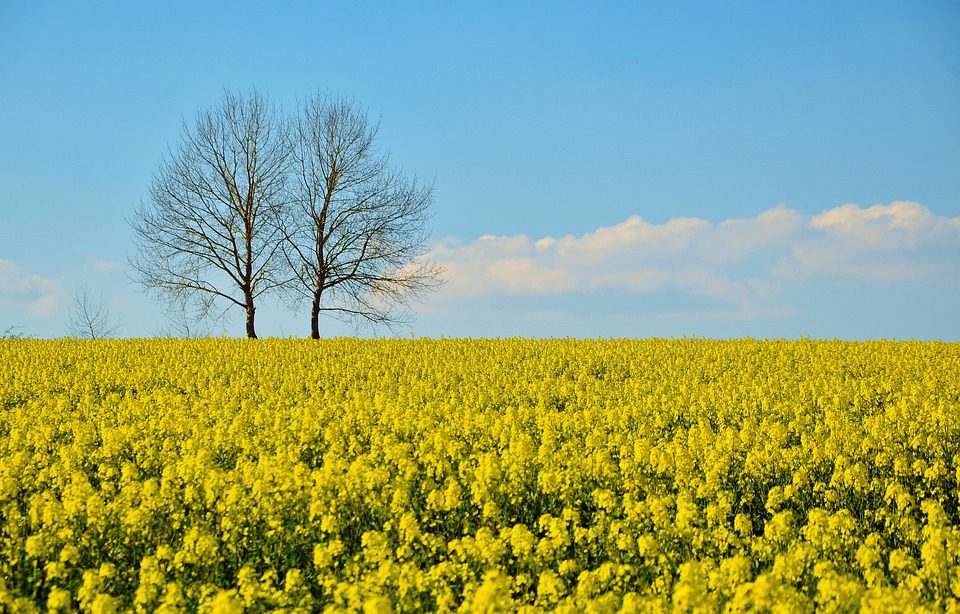Many farmers may be considering buying rape straw for animal feed or bedding. If so, they should ask the supplier an important question: What herbicide – or herbicides – were applied to the growing crop?
With straw in high demand, farmers are looking at alternative options apart from cereal straw. Oilseed rape straw is on the market and is ‘pricey’ in many cases.
Farmers should make sure they can use the straw for animals before purchasing. Straw from oilseed rape – treated with ASTROKerb – cannot be used for animal feed or bedding.
ASTROKerb
ASTROKerb is a commonly used herbicide on oilseed rape and controls broad-leaved and grass weeds.
ASTROKerb contains aminopyralid. According to the label of the Dow AgroSciences product, “residues of plant tissues which have not completely decayed may affect succeeding-susceptible crops”.
Among the crops that may be affected are: peas; beans; other legumes; beet; carrots; potatoes; and other plants from the Umbelliferae and Compositae families.
- Do not remove oilseed rape straw [treated with ASTROKerb] from the field, unless it is to be used for burning for heat or electricity production;
- Do not feed animals with treated oilseed rape straw;
- Do not use oilseed rape straw [treated with ASTROKerb] for animal bedding;
- Do not use oilseed rape straw [treated with ASTROKerb] for composting or mulching.
The label also states: “If animals are inadvertently fed or bedded with oilseed rape straw treated with ASTROKerb, do not use animal waste for composting.”
ASTROKerb will not affect animals
A statement from Corteva Agriscience – the company which Dow AgroSciences is under the umbrella of – explained why the straw cannot be used for animal feed or bedding.
Firstly, the aminopyralid (which is also an active ingredient in Forefront T) is bound very tightly to the cellulose of the straw and the plant material.
Aminopyralid is released from the straw and then broken down, but only when it comes into contact with soil dwelling microorganisms, when the straw is spread and mixed with the soil.
“The risk of using the straw for feeding animals is that the aminopyralid will remain in their muck (containing part-digested straw) until that muck is spread on a field.
“When the muck is spread and mixed with soil, the aminopyralid will be released and then broken down. This could cause crop damage if a susceptible crop has been planted.”
According to Corteva Agrisciences, the risk of using the straw as bedding is just as relevant.
“The straw in the muck created from animals that are bedded on aminopyralid straw will still contain aminopyralid.”
